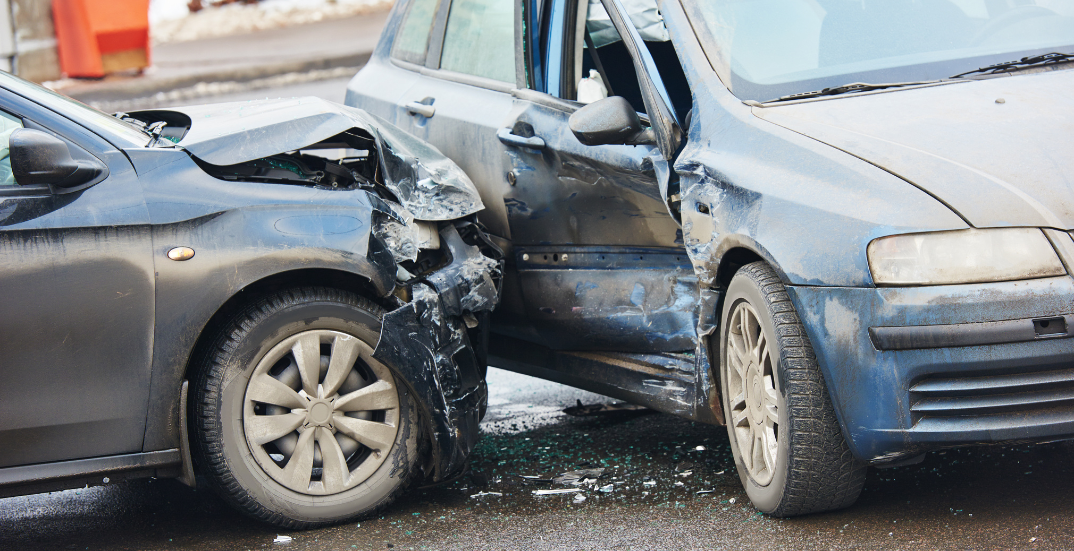
When involved in a car accident, determining who is at fault is crucial for insurance claims, legal proceedings, and seeking compensation for injuries or property damage. In many cases, fault is not always straightforward and depends on various factors, including traffic laws, driver actions, and accident specifics. This guide will explore how fault is determined in car accidents, with specific focus on two common types: T-bone accidents and left-hand turn accidents.
Before diving into specific accident types, it’s important to understand how fault is generally determined in car accidents.
Fault in an accident often comes down to driver negligence—whether a driver violated traffic laws, acted recklessly, or failed to exercise reasonable care.
In states like West Virginia, which follows a fault-based auto insurance system, the driver responsible for the crash is liable for the damages, and their insurance will cover the costs.
On the other hand, no-fault states have different rules, where each driver typically claims through their own insurance regardless of fault.
A T-bone accident occurs when one vehicle crashes into the side of another, forming a “T” shape.
These types of accidents are often severe because the side of the vehicle is vulnerable and lacks the protective front and rear crumple zones.
Common injuries from T-bone collisions include broken bones, internal injuries, spinal cord injuries, and brain injuries.
T-bone accidents are most common at intersections, particularly when a driver runs a red light or fails to yield while making a turn.
These accidents can also occur when a driver misjudges a turn or doesn’t see oncoming traffic while attempting a left turn.
The fault for a T-bone accident usually lies with the driver who disobeyed traffic signals or engaged in unsafe behavior.

Liability for T-bone accidents depends on who caused the crash through negligence. Common factors that lead to these accidents include:
In some cases, third parties like vehicle manufacturers (for defective car parts) or government agencies (for faulty traffic signals or poor road conditions) can also be liable.
In West Virginia, where fault is central to insurance claims, the at-fault driver’s insurance will typically cover the damages.
Left-hand turn accidents happen when a driver turning left collides with an oncoming vehicle. These accidents often occur because the turning driver doesn’t yield to oncoming traffic or misjudges the speed of an approaching vehicle.
However, fault in these incidents can be tricky.
This situation arises when a driver disregards traffic signals (such as turning on a green light without waiting for a green arrow) or turns from the wrong lane.
However, if the oncoming driver runs a red light, speeds, or is impaired, the left-turning driver may not be at fault.

West Virginia follows a modified comparative fault rule, which means that even if you are partially responsible for an accident, you can still recover damages as long as your fault is less than 50%.
For example, if you were speeding and collided with a left-turning driver who also failed to yield, the court may find you both partially at fault.
If you are found 40% at fault in a $10,000 claim, you would only receive $6,000 in compensation.
Understanding fault in car accidents, especially in cases like T-bone and left-hand turn accidents, is complex and depends on various factors. Whether it’s violating traffic laws or negligence by one of the drivers, the investigation into the cause of the accident is essential to determining liability.
If you’ve been involved in a car accident in West Virginia, seeking guidance from an experienced car accident attorney can help ensure you understand your legal options and get the compensation you deserve.
Whether you were in a T-bone or left-hand turn accident, a qualified lawyer will investigate the details of the crash and provide the support you need.
For more information or to schedule a free consultation, contact the Manchin Injury Law Group today.

Member at Manchin Injury Law Group
Practice Areas: Personal Injury Law, Medical Negligence, Automobile Accidents, Business Law

Attorney Timothy Manchin established the Manchin Injury Law Group in 2011 after his law partner of more than 25 years became a West Virginia circuit court judge. His focus is on helping individual clients and entire families victimized by negligent acts.
We offer a free initial consultation at our office in the Manchin Professional Building — our home since 1983 — conveniently located in Fairmont.
If you are unable to visit our firm, we can come to your home or hospital room.
Fill out the form below to get in touch!